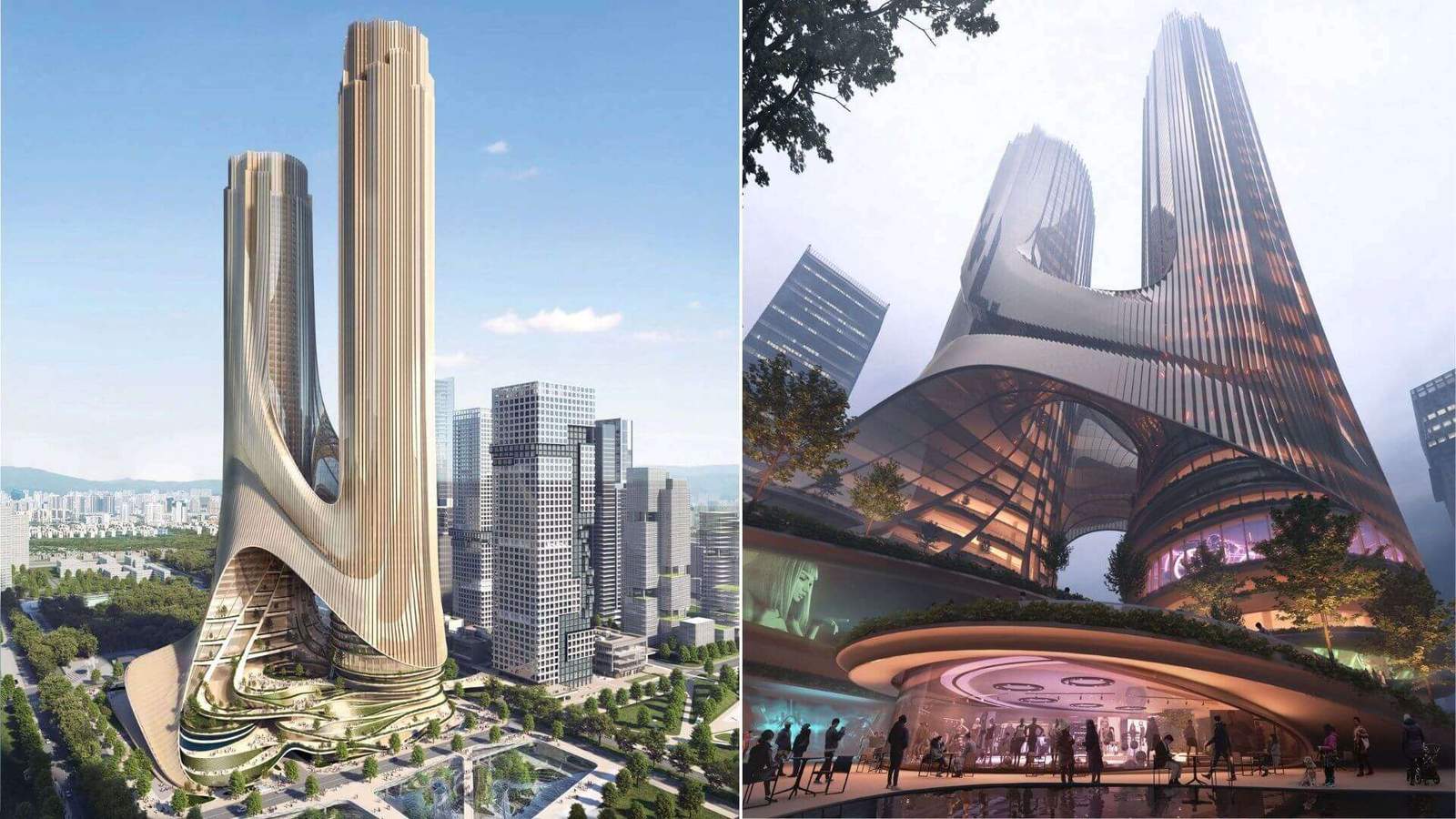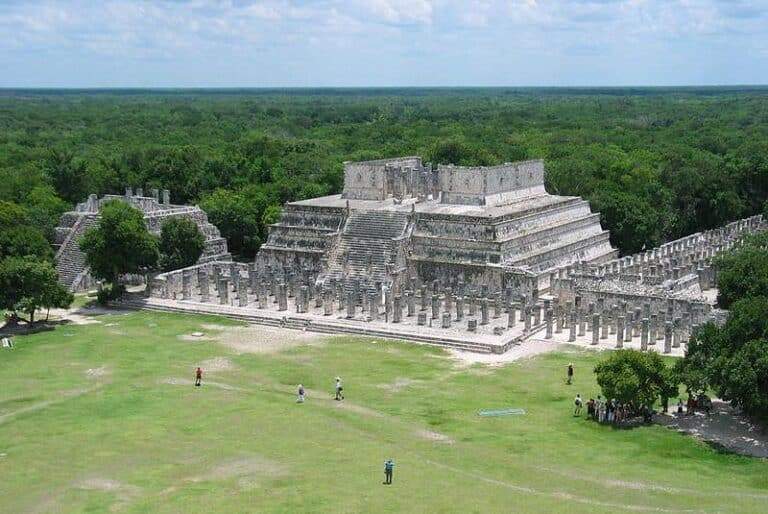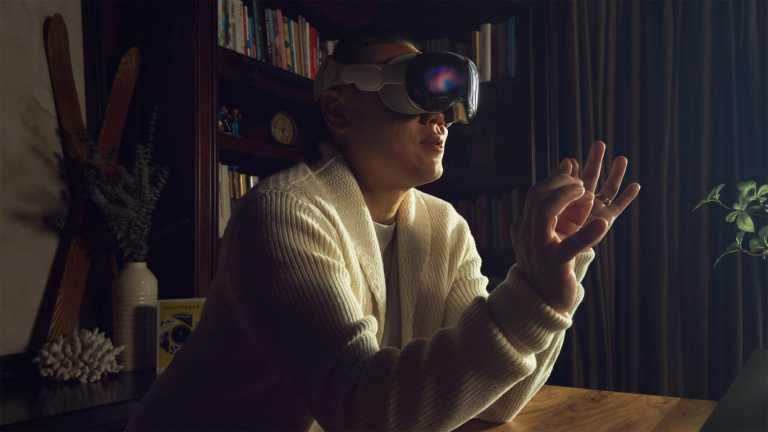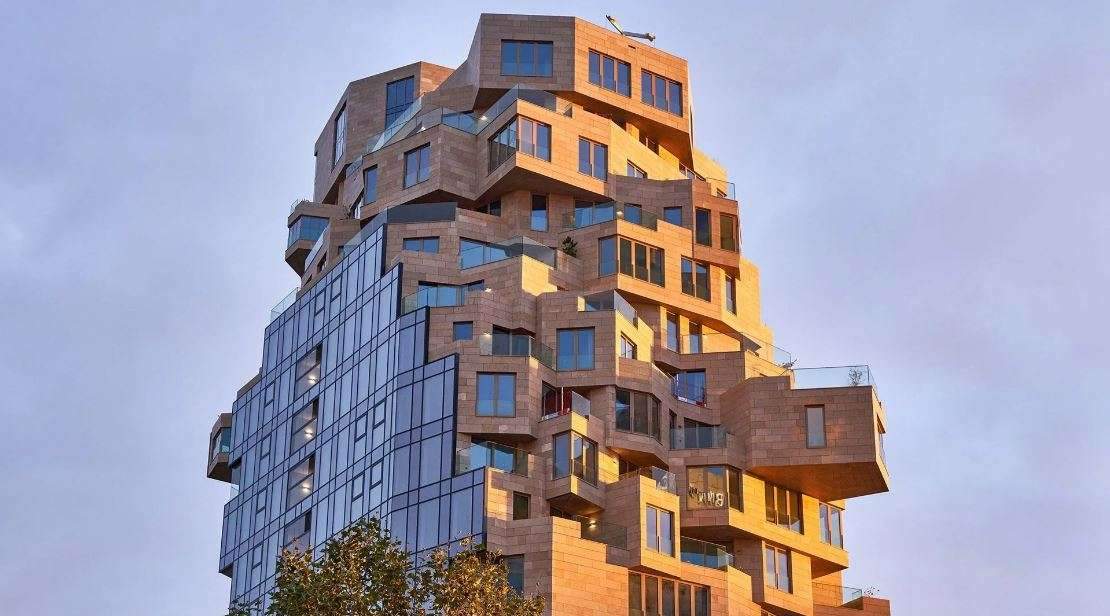Interior Design Between Past, Present, and Future: A Journey Through Time
Interior design has always been an integral part of human evolution and cultural expression. Since humans began constructing shelters, they have instinctively focused on designing interior spaces to meet daily needs while reflecting their personality and cultural identity. In this article, we will explore the evolution of interior design from ancient times to the present, and then look ahead to the future to understand how advancements in technology are shaping the field. The discussion will be organized into three main sections: first, an overview of the history of interior design; second, an analysis of its current state; and finally, a glimpse into its future. Additionally, we will include a special section with ArchUp’s perspective , offering analysis and constructive criticism.

1. Interior Design in the Past: Historical Roots
Interior design initially emerged as a natural extension of architecture, with ancient civilizations relying on locally available materials to create functional yet aesthetically pleasing spaces.
Examples from Ancient Civilizations
- Ancient Egypt: Egyptians were known for their intricate designs using precious woods, ivory, and silver. Furniture was not only functional but also symbolized social status and sophistication.
- Roman and Greek Civilizations: Inspired by the Egyptians, Romans emphasized the combination of beauty and comfort, while Greeks focused on proportion and balance in design.
| Civilization | Key Features | Materials Used |
|---|---|---|
| Ancient Egypt | Intricate designs, social status | Wood, ivory, silver |
| Roman Empire | Beauty and comfort, open spaces | Stone, wood, tiles |
| Middle Ages | Extreme simplicity, lack of decoration | Raw wood, local materials |
During the Middle Ages, interior spaces were stark and unadorned, prioritizing basic functionality over aesthetics. With the advent of Gothic art in the 12th century, there was a renewed focus on natural light and spacious interiors.

2. Interior Design in the Present: Simplicity and Functionality
With the modern era, interior design has evolved into an independent discipline that blends art and science. Today’s designers strive to achieve a balance between aesthetics and functionality, paying closer attention to user needs.
Key Characteristics of Contemporary Interior Design
- Simplicity with Depth: Modern design is marked by clean lines and neutral colors, enhanced by subtle touches that reflect the personality of the space.
- Sustainability: Eco-friendly materials have become a cornerstone of contemporary design, as designers aim to minimize environmental impact.
- Technology Integration: Technological advancements, such as 3D modeling software, have streamlined the design process, enabling precise and customized solutions.
“Modern interior design reflects the social and technological changes we are witnessing today.” – Global Architecture Magazine

3. Interior Design in the Future: Digital Transformation and Accessibility
The future of interior design is expected to witness significant transformations driven by technological progress and a growing awareness of individual needs.
Future Trends
- Digital Design: Digital platforms will become essential tools for facilitating communication between designers and clients, enabling quick and efficient delivery of personalized solutions.
- Artificial Intelligence (AI): AI can analyze user data to suggest tailored design solutions that meet specific needs.
- Inclusivity: Interior design will become more accessible to people across all economic and social backgrounds.
| Future Trend | Description |
|---|---|
| Digital Design | Use of technology to enhance communication |
| Artificial Intelligence | Data analysis and personalized suggestions |
| Sustainability | Focus on eco-friendly materials |
ArchUp’s Perspective: Analysis and Critique
In our view, interior design is currently at a pivotal stage of development, blending modern technologies with timeless principles. However, there are areas that warrant reconsideration:
- Over-reliance on Technology: Excessive dependence on technology may lead to a loss of the human touch in design.
- Cost Barriers: Despite efforts to make interior design more accessible, some solutions remain prohibitively expensive for many households.

Frequently Asked Questions (FAQ)
- What is interior design?
It is the art and science of designing interior spaces to balance aesthetics and functionality. - How has interior design evolved over time?
It began as part of ancient architecture and later developed into an independent field in the modern era. - What are the key future trends?
Digital design, artificial intelligence, and sustainability.

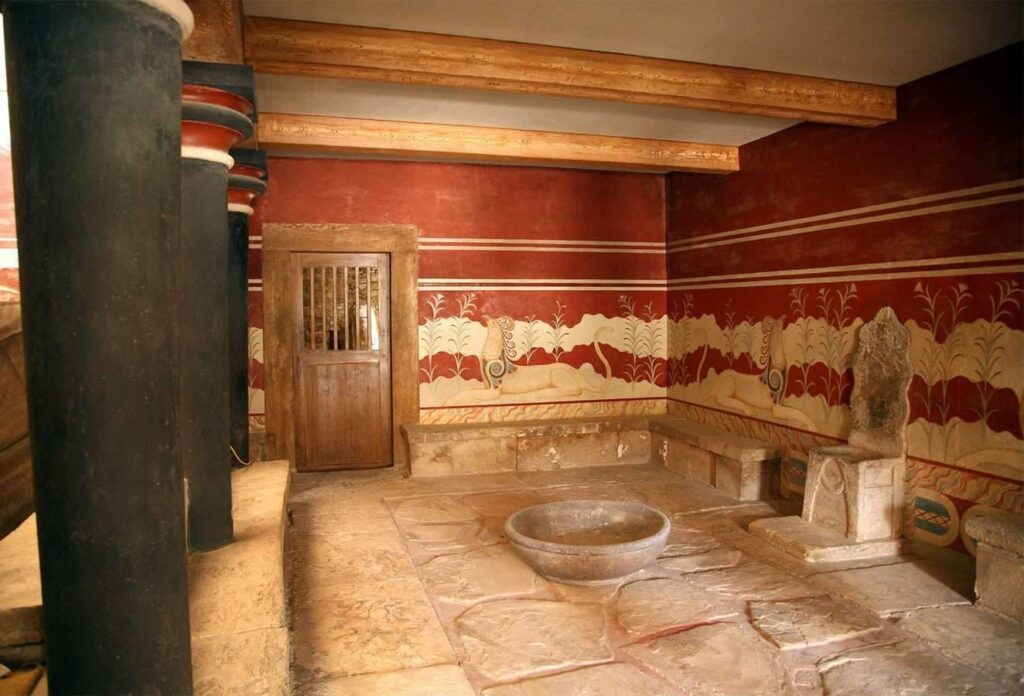
Summary Table of Key Points
| Section | Key Highlights |
|---|---|
| Past | Ancient civilizations, ornamentation, simplicity |
| Present | Simplicity, sustainability, technology |
| Future | Digital design, AI, inclusivity |


